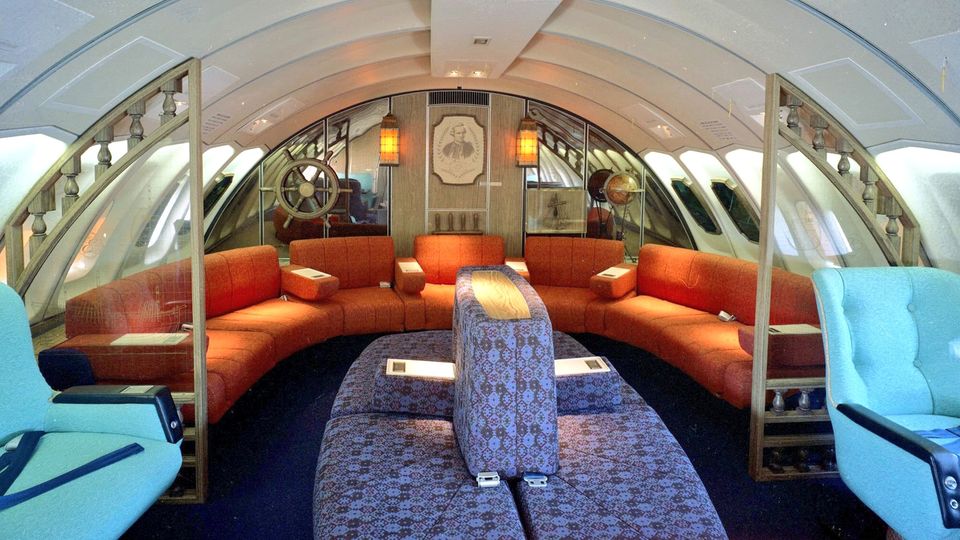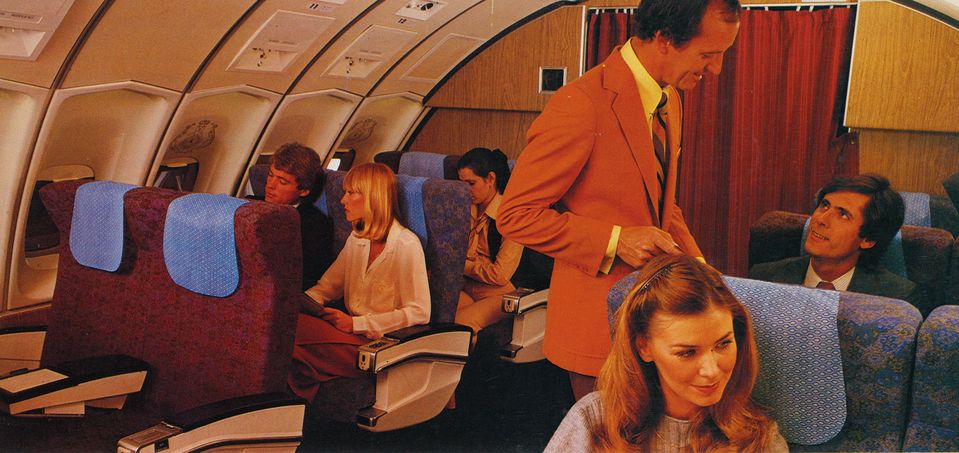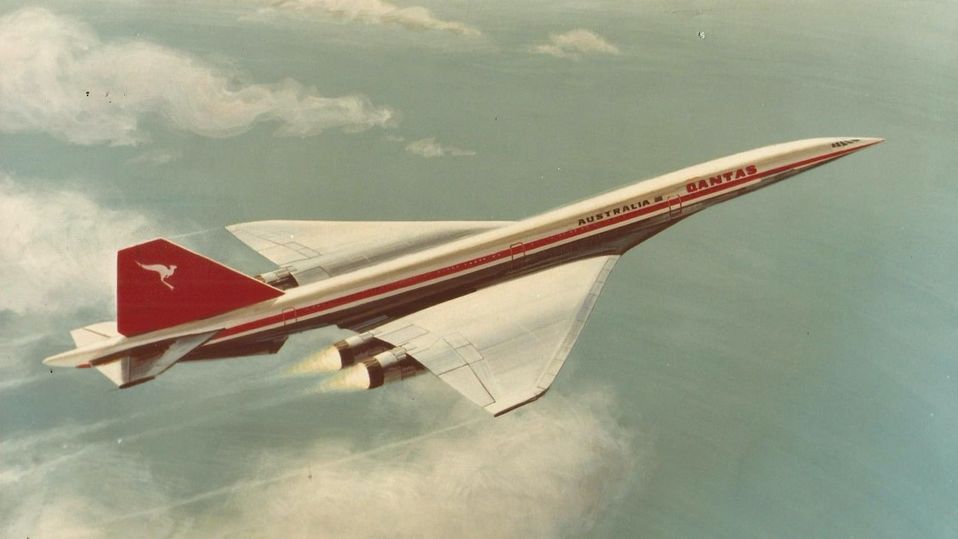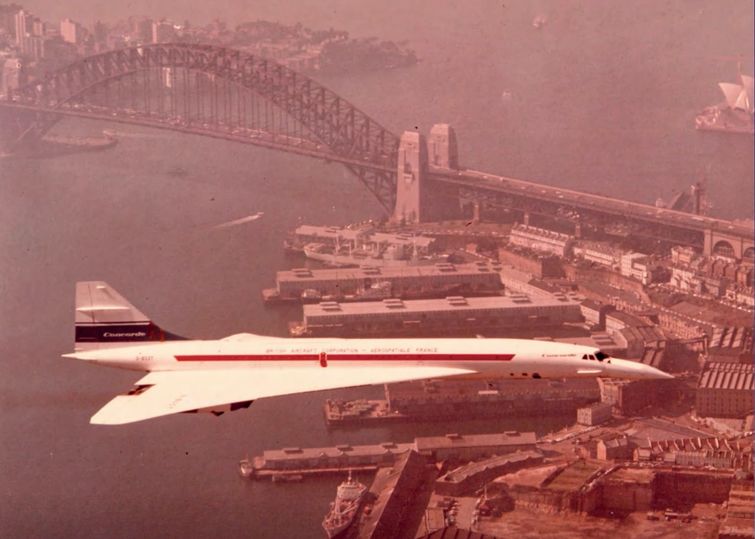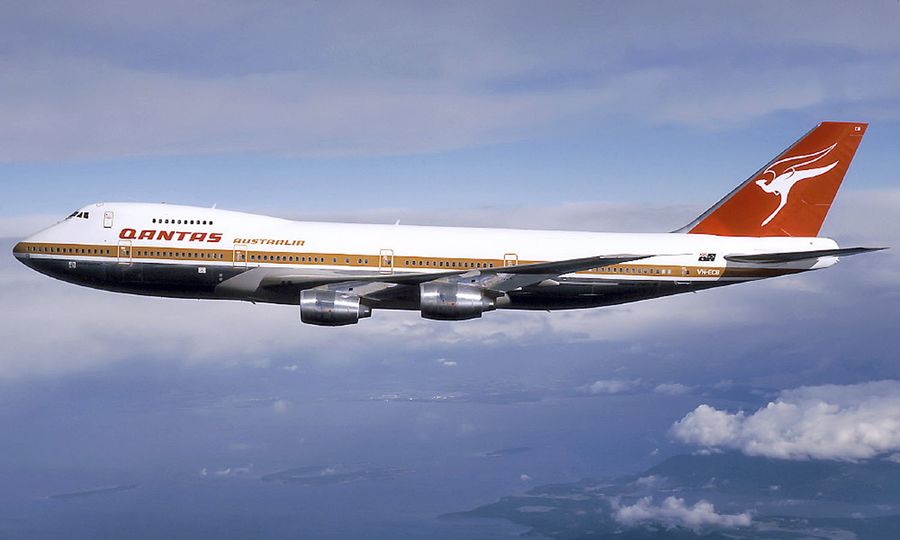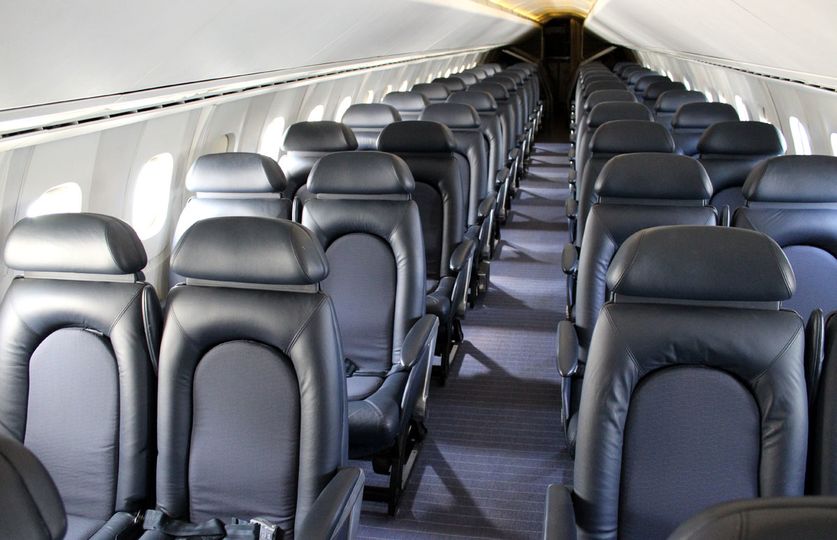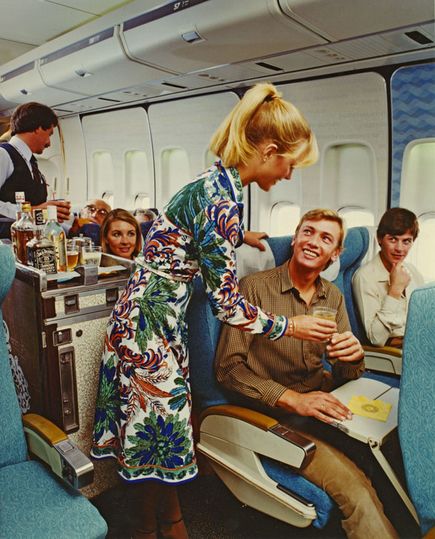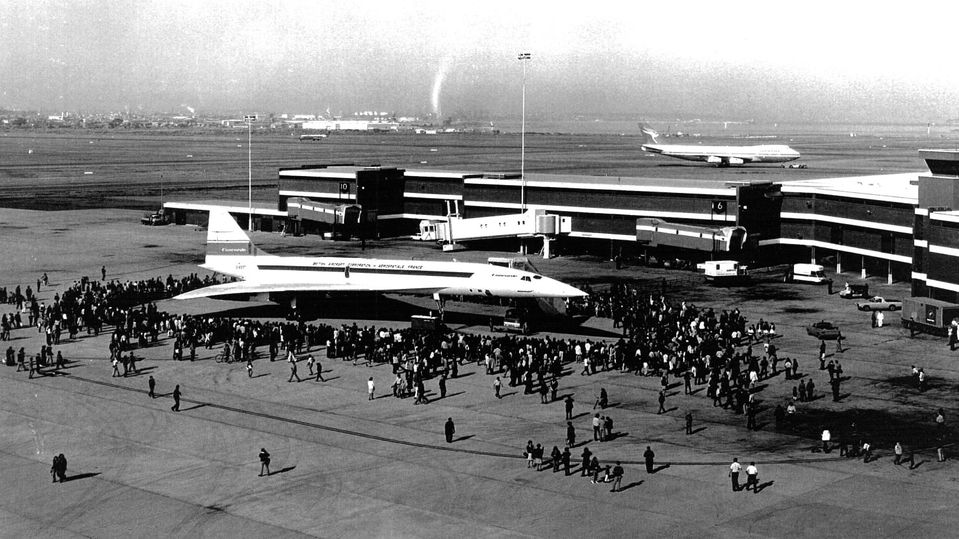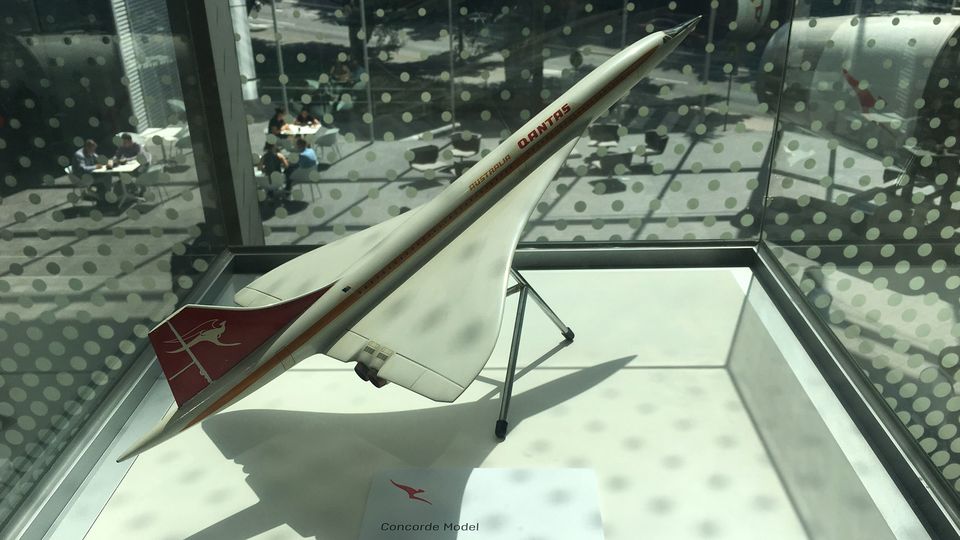What might have been: the ‘all economy class’ Qantas Boeing 747
The promise of supersonic travel could have resulted in a Boeing 747 packed with economy seats from tip to tail.
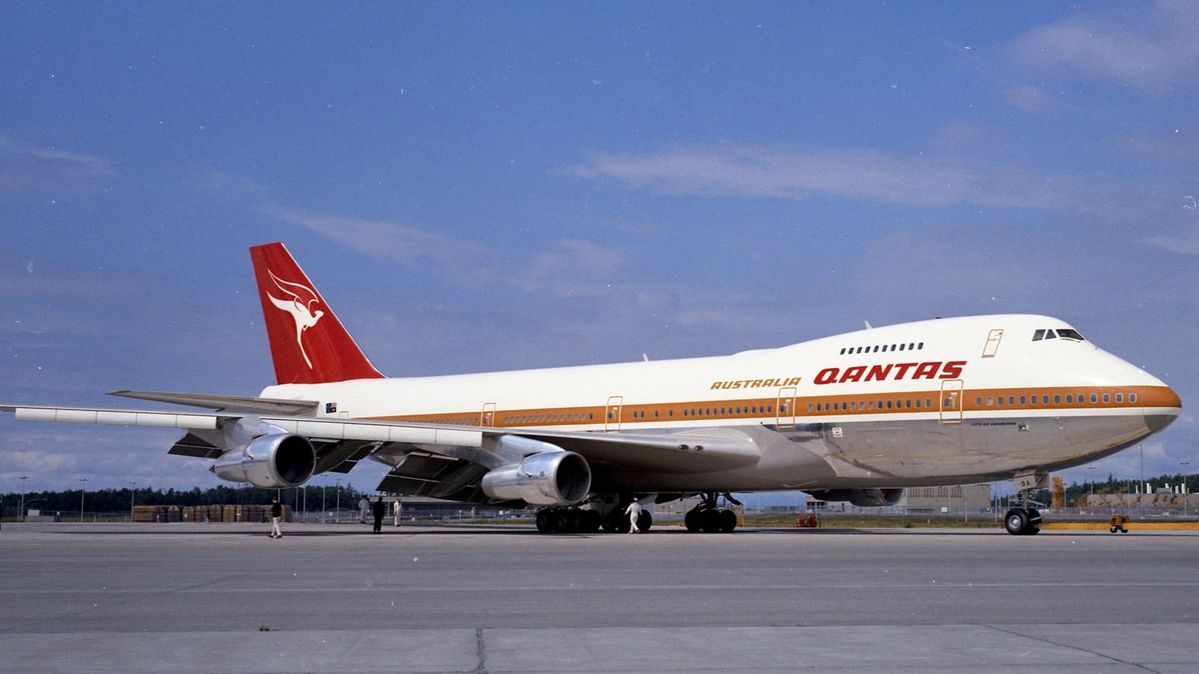
The arrival of the first Qantas Boeing 747 in 1971 saw the Flying Kangaroo bounding to new heights of luxury, perhaps best illustrated by the exclusive upper deck Captain Cook lounge where first class passengers could mingle, dine, relax, drink, and even smoke.
By the end of the '70s, Qantas added 48 business class 'Lounge Chairs' (in fact, the airline says it "invented" business class) complementing the 28 first class 'Sleeper Chairs'.
But for a time, Qantas considered stripping out the plush pews and fancy appointments and converting its jumbo jets in an 'all economy class' configuration.
Behind the all-economy Qantas Boeing 747
Driving this radical rethink was the airline's supersonic ambition: in the early 1970s, Qantas was still weighing up the purchase of four Concordes, after the ambitious Boeing 2707 SST (for which Qantas held six purchase options) failed to gain a crucial edge over its European rival.
Also read: Supersonic Qantas jet would have flown from Sydney to Singapore in three hours
The lure of faster-than-sound commercial travel had already shaped Boeing's plans for the 747.
The jumbo was designed to be easily converted into a 'supercargo' carrier packed with freight containers from tip to tail, future-proofing it against the seemingly inevitable day when supersonic jets would rule the skies.
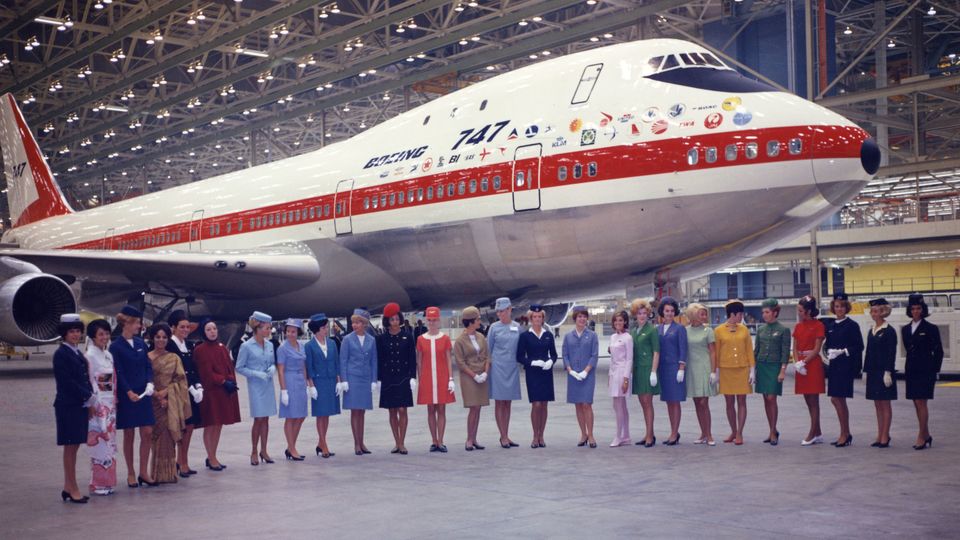
For Qantas, this opened up the possibility of two distinctly different types of service.
The Concorde would offer speed and luxury, appealing to the top end of the business and leisure travel market; the slower but larger Boeing 747 would carry price-conscious travellers and also be a better fit for bulky freight.
So how would the Concorde and the Boeing 747 co-exist?
One proposal saw the Qantas Concorde fitted out from tip to tail with its first class sleeper seats (it's worth reflecting that for all its allure, the Concorde was more of an 'all business class' jet with two-abreast seating).
Also read: Step back in time as we visit British Airways' Concorde
The Qantas Boeing 747s would in turn be outfitted with only economy class seating: passengers would then book their journey based not on cabin class, but on speed and price.
As The Sydney Morning Herald Transport Correspondent Gordon Stepto observed at the time, "the important minority for whom time means more than money will fly by Concorde, and the majority for whom money means more than time will fly by subsonic jet."
Not that economy class of the 1970s was all that bad – in fact, Qantas' original Boeing 747 economy class looks pretty good when measured against today's cramped offerings.
As history reflects, speed didn't win the day. The Boeing 747's ability to carry hundreds of passengers saw airfares plummet and brought international travel to the masses.
The long-range Boeing 747-400 then reduced the Kangaroo Route between Sydney and London to 22 hours, with a single stop-over in Singapore.
Ironically, the same trip on the gas-guzzling Concorde was projected to be just 6.5 hours shorter, due to its additional refuelling stops, which would have made little sense considering the substantially higher airfares and operating costs.
Today, all that remains of Qantas' supersonic ambitions is a scale model dressed in the airline's classic 1970s livery – presented to Qantas executives by the Concorde sales team – which sits on display at Qantas' Sydney headquarters.
As for the Boeing 747, it emerged not only as the Queen of the Skies but for decades remained the crown jewel of Qantas' fleet.
Read more: The Qantas Boeing 747: looking back on a half-century of flying
Additional reporting by Chris Chamberlin
